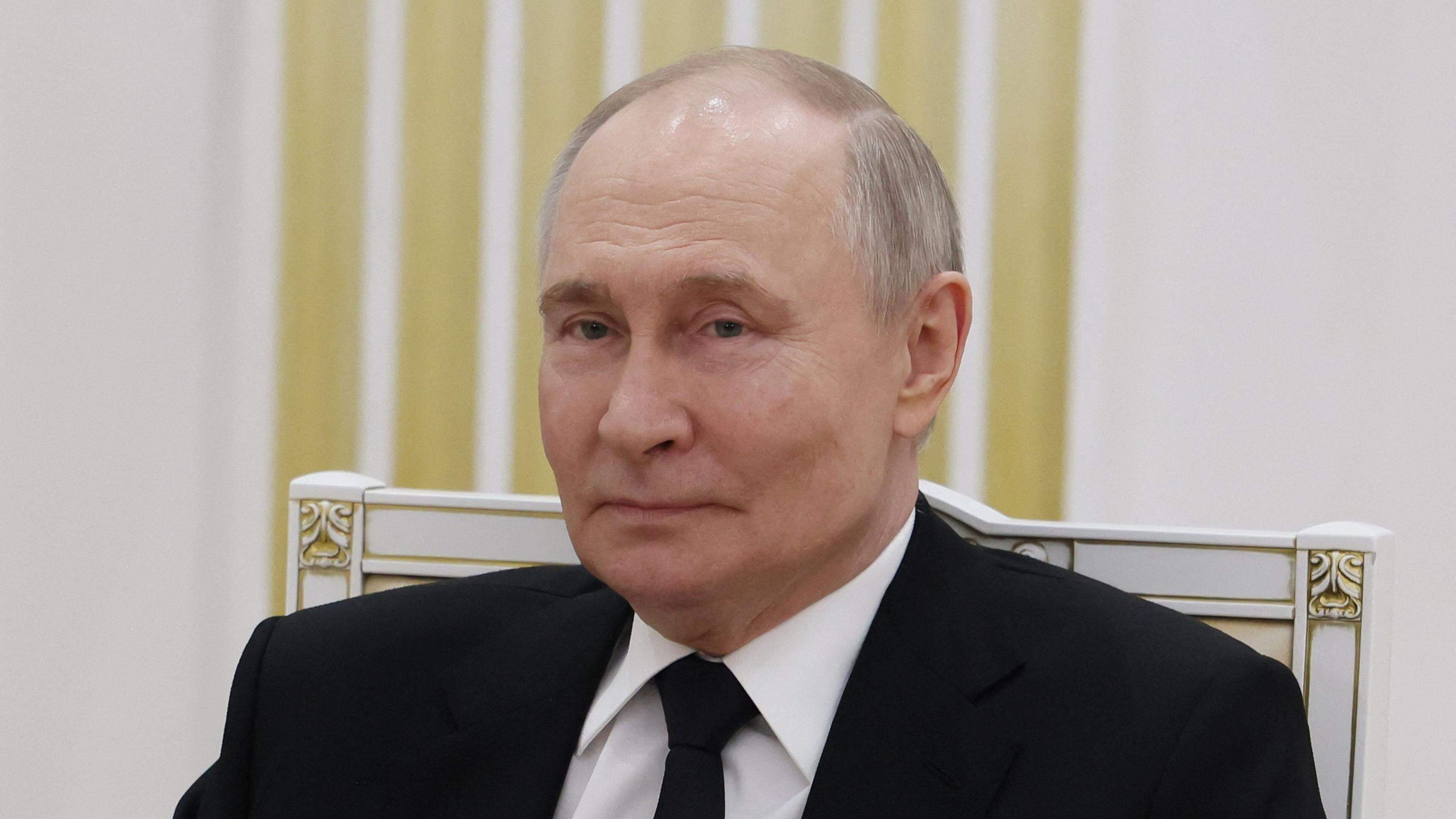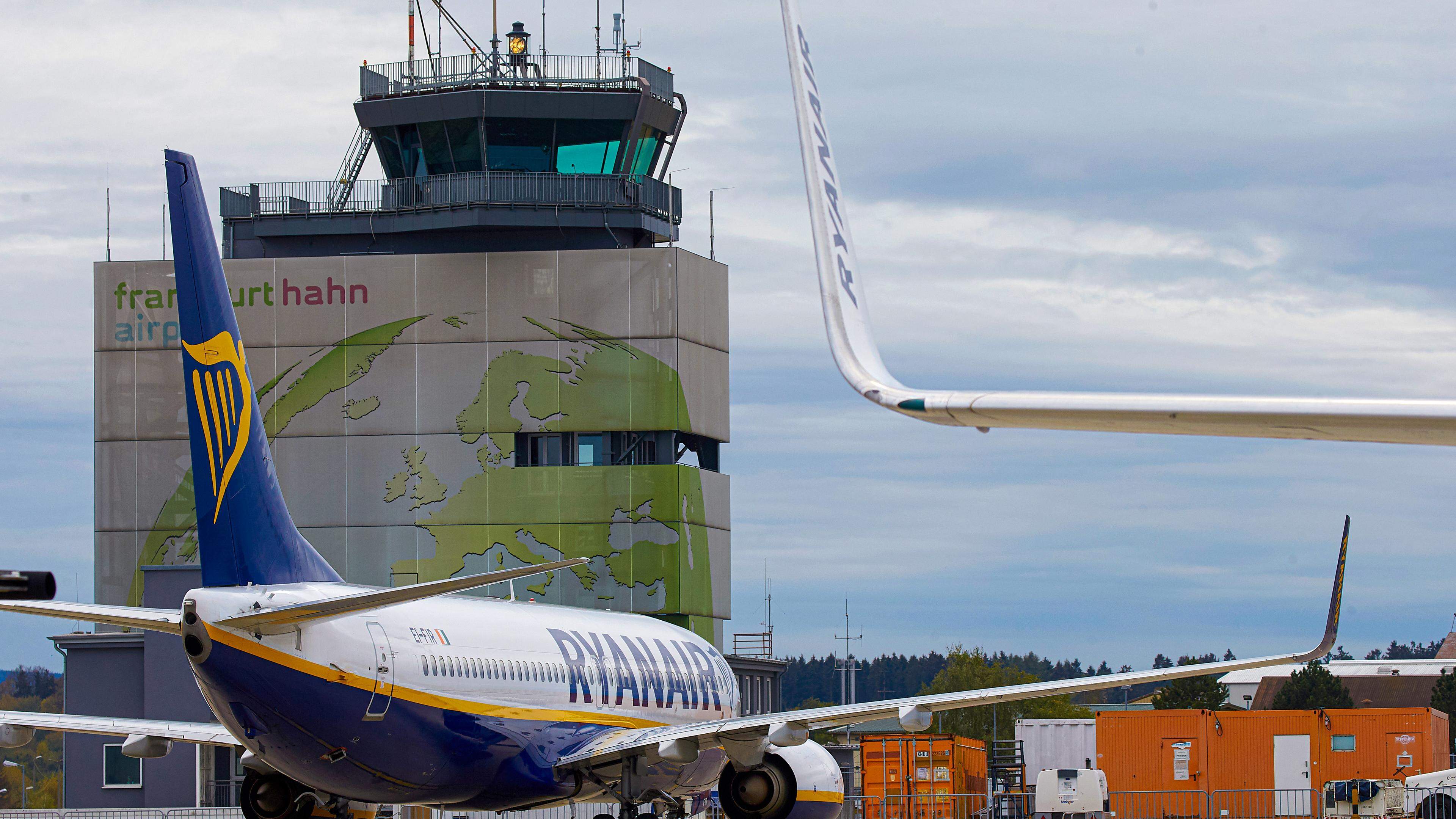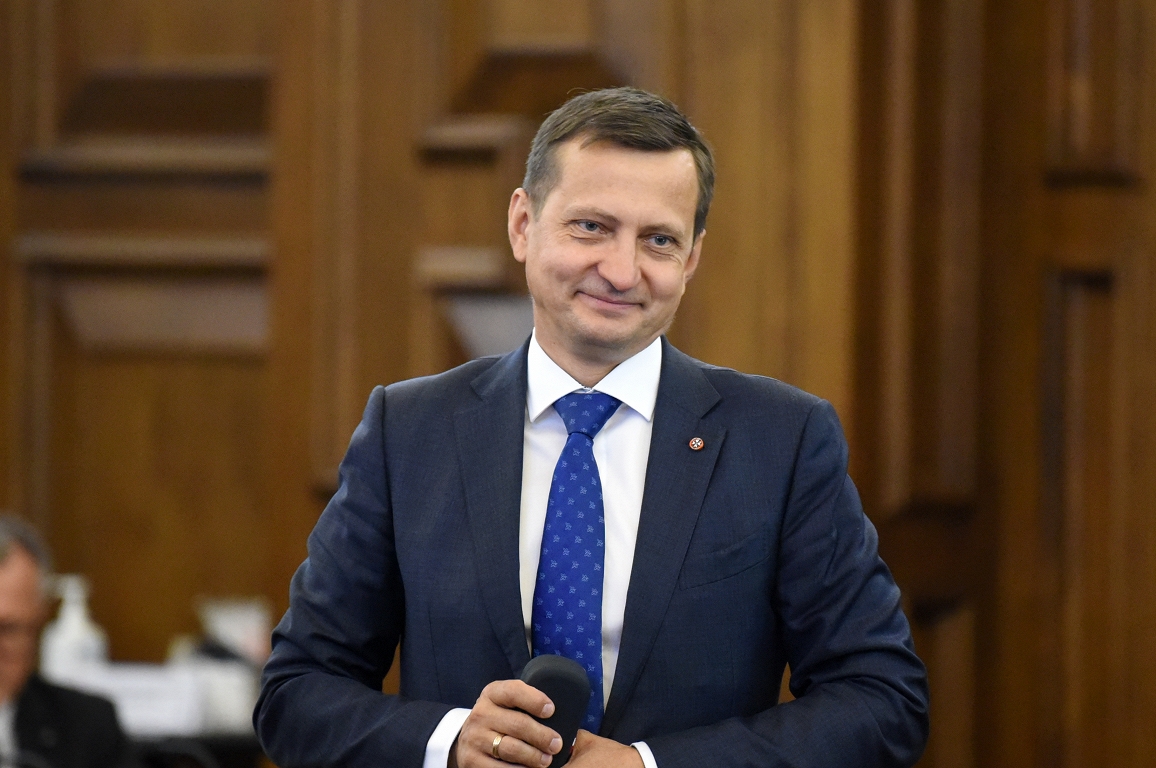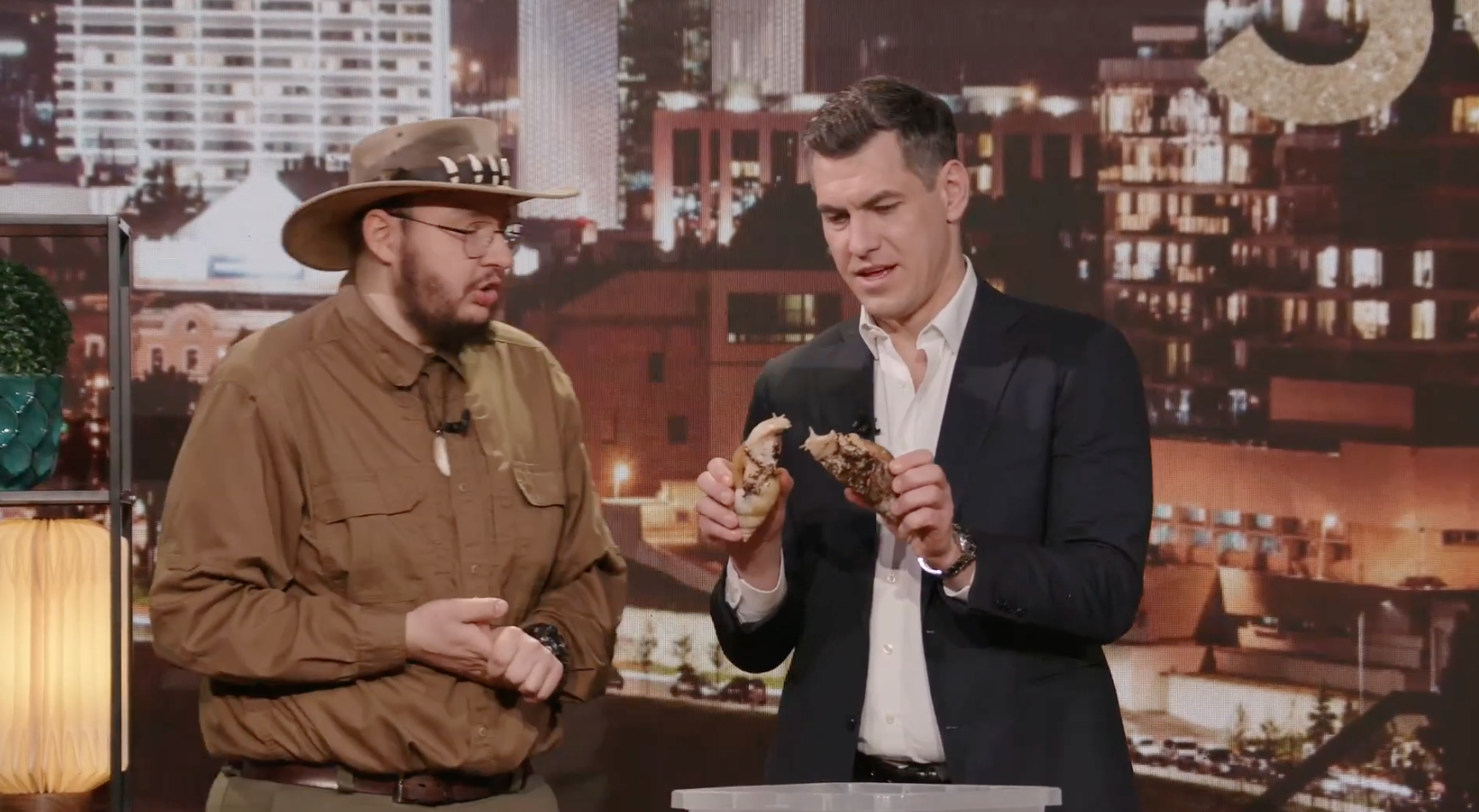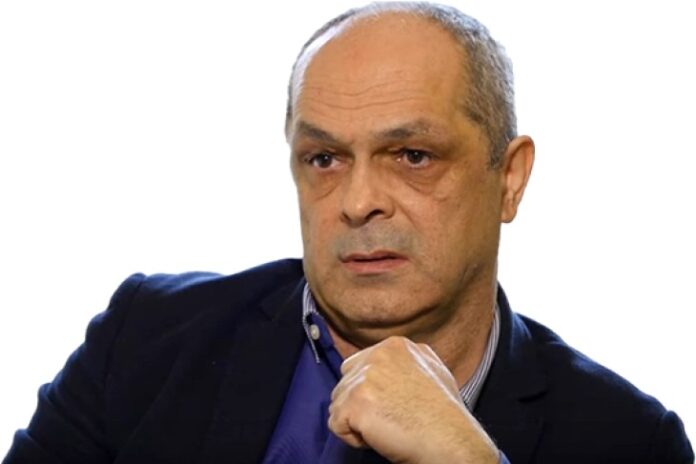Quickly to the conclave: if the cardinal misses the papel selection
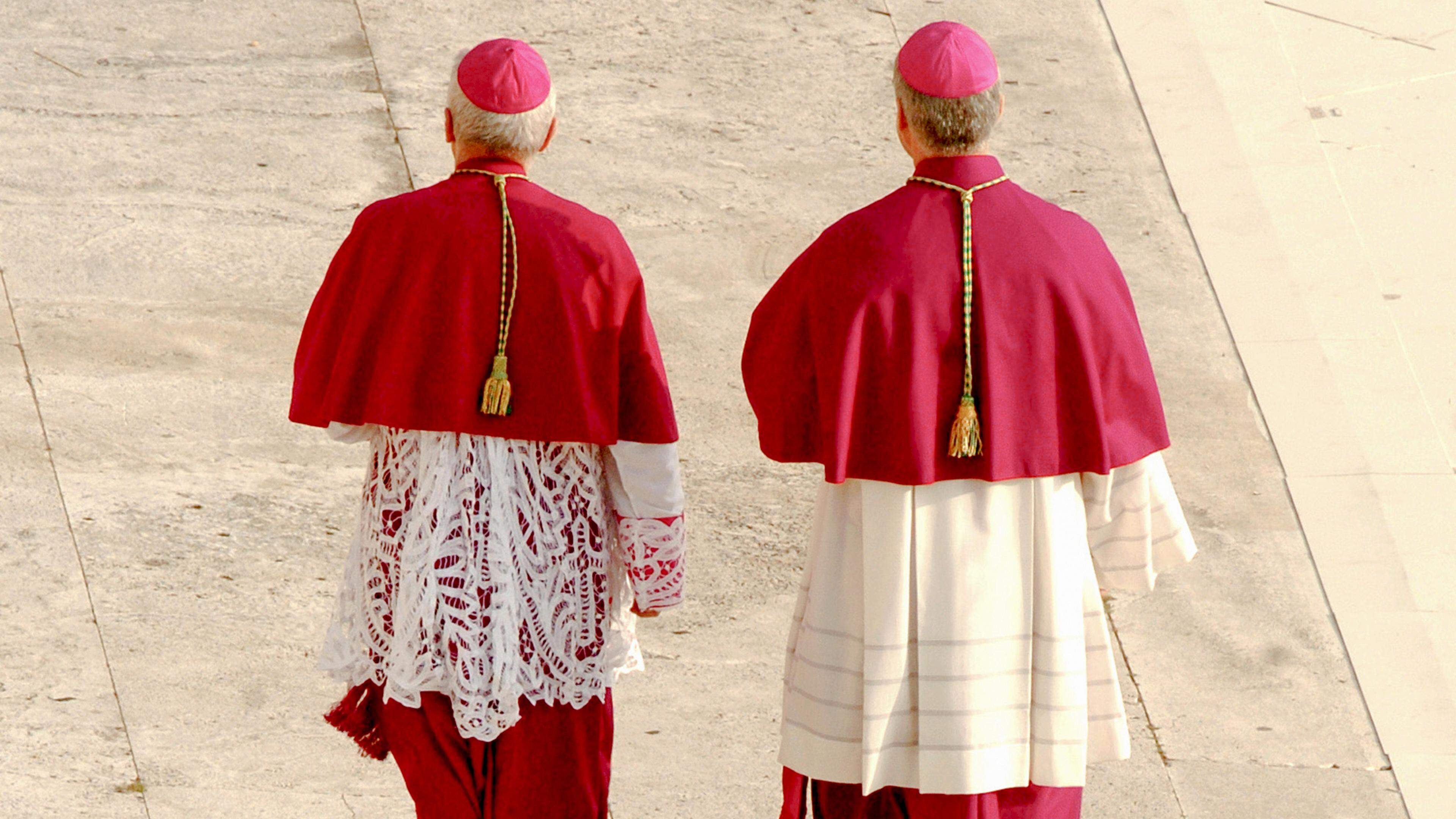
The cardinals have already arrived in Rome and many of them took part in the burial of Pope Francis. Today, thanks to modern means of transport, it is no longer a problem to travel within 24 to 36 hours. It used to be different. The technical progress of the past 150 years has made a decisive contribution to the fact that more and more cardinals have been able to arrive in Rome in good time in order to exercise their right to vote.
Before there was telegrams, telephone and today emails and SMS, it could take weeks for the news to be known about the death of a Pope. The historian Gabriele Annas has an example from the Middle Ages: The death of Pope Nikolaus V on March 24, 1455, only became known at the Reichstag in Wiener Neustadt on the morning of April 12, 1455. Alonso de Borja in Rome had already been voted the new Pope on April 8; The name: Calixt III. This message, Annas, also only arrived three weeks later.
New Pope faster than the news of the death of the predecessor
Almost exactly 150 years ago, in March 1875, Pius IX. With the New York Archbishop John McCloskey (1810 to 1885) the first cardinal from a non-European country. It was the first step towards an internationalization of the Cardinal College, which was most recently extensive to the edges of the earth by Pope Francis.
At the conclave in 1878 after the death of Pius IX. the starting point for the cardinals had already gotten much better. Information could be transmitted by telegram in a very short time, no longer by post or messenger. There was also the possibility to travel by train or steamship instead of with a post -carriage. This was not only much more convenient, but also much faster.
But still: it wasn’t always fast enough. The cardinals from the USA or Latin America in particular had to experience this painfully. Cardinal McCloskey reached Rome in 1878 five days after the compliance began. But the cardinals had Leo XIII three days earlier. chosen. Cardinal James Gibbons (1834 to 1921), Archbishop of Baltimore, was very lucky. He just stayed in Rome when Leo XIII. died in July 1903. Therefore, he was the first non-European and first American to take part in the conclave.
Get to election twice too late
In 1914 with Joaquim Arcoverde de Albuquerque Cavalcanti (1850 to 1934), Archbishop of Rio de Janeiro, the first cardinal from Latin America took part in a pope election; Benedict XV went out of her. out. The two US cardinals at that time and the Canada arrived too late. Both 1914 and 1922 they lost the race against time.
Run very stupid: When Boston’s Cardinal William Henry O’Connell arrived in Rome in 1922, the bells heralded. Pius XI. had just been chosen. Now that he had come twice late, he asked the Pope to extend the deadline to the conclave in the future. In 1939 he was actually there – because the cardinals were now granted for 15 days to reach the implied.
At that time, the cardinals were urgently reminded of the dramatic world situation in the port; Because there was already the German ship « Wilhelm Gustloff », where a large swastika flag blew. The youngest voter Manuel Goncalves Cerejeira from Lisbon caused a stir in the very short conclave in 1939. He traveled by plane – as the first cardinal ever.
A cardinal in the air, another in the water
Fear of flying, which was no longer the oldest cardinal in 1958. His employees had already canceled his participation in the conclave; But the 92-year-old archbishop of Santiago de Chile, Jose Maria Caro Rodriguez, insisted on participating and climbing the plane to Rome.
It was easier for cardinals with the plane. But depending on where they lived, the journey remained long. The Upi news agency reported on a mishap that Cardinal Pio Taofinuu from Samoa experienced in the summer of 1978. He was on the go with a canoe on a pastoral visit when the boat tipped; He fell into the sea and cut his foot on a coral. When he returned, he heard of Pope Paul VI.
Who will be the next Pope? Conclave begins on May 7th
From Samoa he had to travel to New Zealand to take the plane to Rome from there. On the way, his foot lit, so that he even had to be operated on in front of the conclave. After all: he was on time. Detroits Cardinal Edward Aloysius Mooney was also in time in 1958. Shortly before the conclave started, he just lay down. He died of a heart attack in his sleep – three hours before the start of the pope election.


